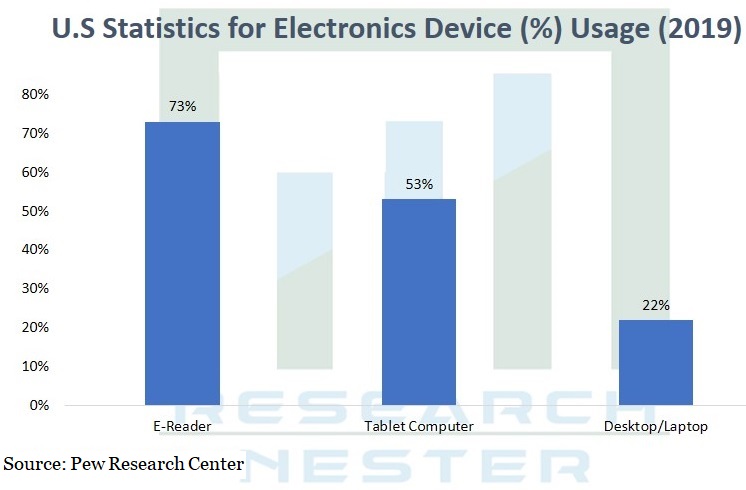Introduction to Electronic Polymer
Electronic polymers are organic polymers that conduct electricity. These polymers have metallic conductivity or can be semiconductors. The major benefit of these polymers is their processability, mainly by dispersion. Electronic polymers are generally not thermoplastics, i.e., they are not thermoformable but alike insulating polymers, they are organic materials. These include advantage of offering high electrical conductivity. The electrical properties can be finely modified using the methods of organic synthesis and by advanced dispersion techniques.
The properties of electronic polymers are such that they possess electronic and optical attributes of metals coupled with those of inorganic semiconductors. Moreover, they also have the flexible mechanics of polymers. Additionally, electronic polymers are essentially significant category of polymers owing to the inclusion of doped polymers and intrinsic semiconducting conjugated polymers in electro-chemical devices.
Market Size and Forecast
The global electronic polymer market has observed significant growth on account of increasing application in electronics sector. Advances in electronics industry in the past few years and growing technological explorations are projected to drive electronic polymer market along with growing population and rise in per capita income.

Get more information on this report: Download Sample PDF
According to Pew Research Center, the share of people in the U.S using E-reader, Tablet and Desktop/Laptop are 73%, 53% and 22% respectively as of January 2019. As per the statistics, it is anticipated to significantly lead to increase consumption of electronic polymers.
Electronic polymer market is anticipated to record a significant CAGR over the forecast period. The electronic polymer market is expected to showcase a moderate growth over the forecast period on the back of growing consumer demand for electrical and electronics market.
Growth Drivers
Rising Demand for Electronic Devices
Rising demand for flexible and wearable electronics with better displays and other flexible semiconductors have propagated the demand for the electronic polymers. Growing demand for lightweight and high-performance materials which are used in the manufacturing of electronic items such as cell phones, laptops and other gadgets have also led to surge in demand of electronic polymers. Moreover, growing e-commerce has established the availability of electronic goods to urban and many rural areas across the globe which is anticipated to project the growth of the market at a high pace during the forecast period.
Rising Disposable Income
Growing consumer needs for electrical and electronics items are fueled by the rising disposable income of the people across the globe. The rising income levels in developing countries and changing consumer preferences for lighter and advanced electronic devices, packaging and other products are escalating the growth of the market for electronic polymers. The demand for these polymers is growing owing to their usage in the production of lightweight electronic devices mainly preferred by consumers in these days are driving the electronic polymers market. Moreover, increased awareness about healthcare has made positive impact on the market on account of customers’ willingness to spend, enabling healthcare providers to make use of the latest technologies and thereby driving the electronic polymers market.
Restraints
High Integration Cost
High manufacturing cost of electronic polymer is affecting the end-user product cost. Thus, the rising price of products in application segment is not affordable by different income groups of consumers which is anticipated to hinder the market growth during the forecast period.
Market Segmentation
Our-in depth analysis of the global Electronic Polymer market includes the following segments:
By Polymer Type
- Electroactive Polymers
- Magnetic Polymers
- Other Polymers
By Application
- Electrical & Electronics
- Healthcare Devices
- Packaging & Labeling
- Automotive
- Others
By Region
Based on regional analysis, global electronic polymer market is segmented into five major regions including North America, Europe, Asia Pacific, Latin America and Middle East & Africa region.
Electronic polymers market is expected to be dominated by Asia Pacific during the forecast period on the back of high population demanding for the end-use industrial products in the market. The rising disposable income of the consumers in the developing economies such as India and China are anticipated to project high growth in the region. Additionally, the rising electronics industry in the region is also anticipated to be the major driver for the growth of this regional market.
North America is anticipated to be growing at a fast pace following Asia Pacific in the electronic polymer market during the forecast period on account of rising technological explorations in this field. Moreover, Europe is also anticipated to project moderate growth during the forecast period owing to rising automotive industry in countries such as Germany and France. Furthermore, the rising disposable income of the people in Europe are encouraging the automotive industry to flourish and propel the growth of the electronic polymers market during the forecast period.
Global Electronic Polymer market is further classified based on region as follows:
- North America (United States, Canada), Market size, Y-O-Y growth Market size, Y-O-Y growth & Opportunity Analysis, Future forecast & Opportunity Analysis
- Latin America (Brazil, Mexico, Argentina, Rest of LATAM), Market size, Y-O-Y growth, Future forecast & Opportunity Analysis
- Europe (U.K., Germany, France, Italy, Spain, Hungary, BENELUX (Belgium, Netherlands, Luxembourg), NORDIC (Norway, Denmark, Sweden, Finland), Poland, Russia, Rest of Europe), Market size, Y-O-Y growth, Future forecast & Opportunity Analysis
- Asia-Pacific (China, India, Japan, South Korea, Malaysia, Indonesia, Taiwan, Hong Kong, Australia, New Zealand, Rest of Asia-Pacific), Market size, Y-O-Y growth, Future forecast & Opportunity Analysis
- Middle East and Africa (Israel, GCC (Saudi Arabia, UAE, Bahrain, Kuwait, Qatar, Oman), North Africa, South Africa, Rest of Middle East and Africa), Market size, Y-O-Y growth, Future forecast & Opportunity Analysis
Top Featured Companies Dominating The Market
- BASF SE
- Company Overview
- Business Strategy
- Key Product Offerings
- Financial Performance
- Key Performance Indicators
- Risk Analysis
- Recent Development
- Regional Presence
- SWOT Analysis
- DowDuPont
- Covestro
- AU Optronics Corp
- Merck KGaA
- Jinko Solar
- LG Display
- Samsung
- GENERAL ELECTRIC
- 3M

